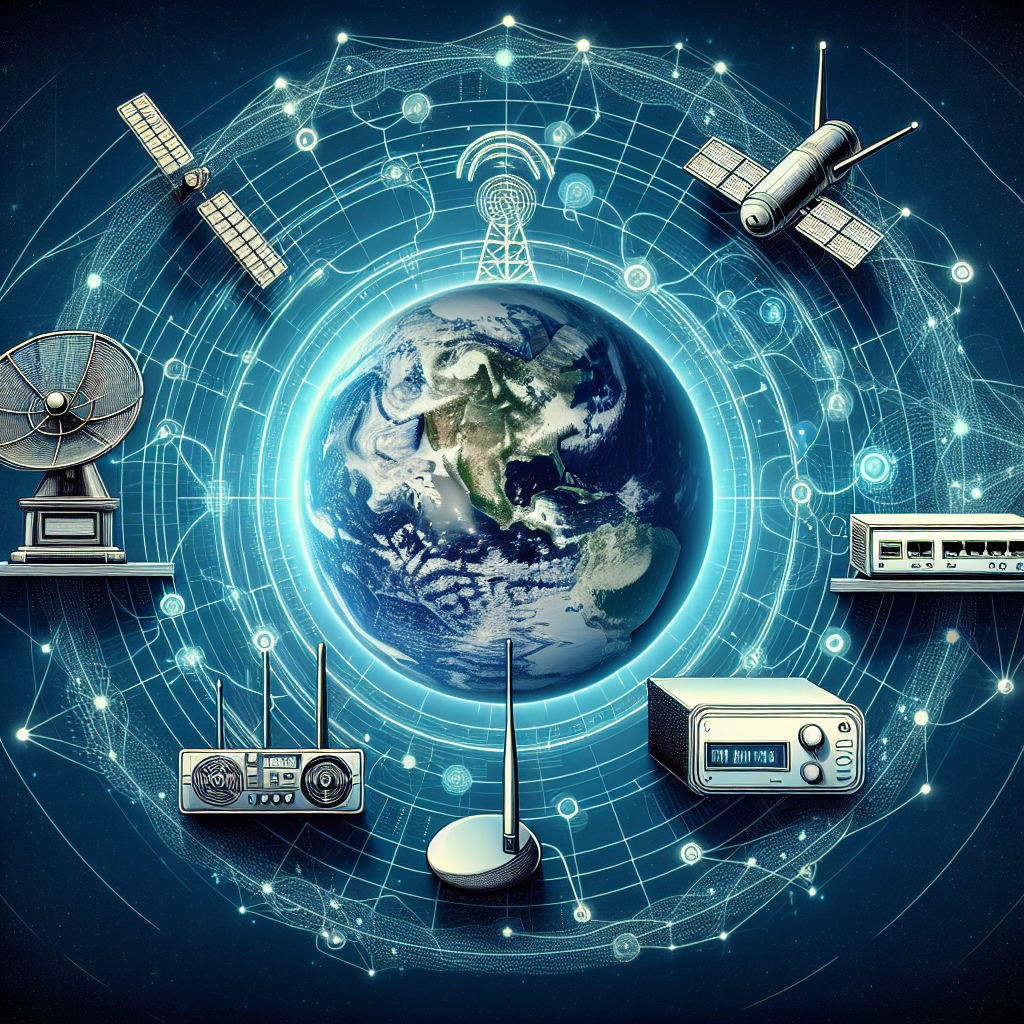Wi-Fi technology has become a ubiquitous part of our daily lives, allowing us to connect to the internet and communicate with others wirelessly. But how did this technology come to be, and what does the future hold for Wi-Fi? Let’s take a look at the evolution of Wi-Fi technology from its humble beginnings to where it is today, and what we can expect in the future.
The Past: The Origins of Wi-Fi
Wi-Fi technology was first developed in the late 1990s, with the release of the IEEE 802.11 standard. This standard allowed for wireless communication between devices using radio waves, and laid the foundation for the Wi-Fi technology we know today. The first Wi-Fi networks were slow and limited in range, but they represented a major advancement in wireless communication.
As the technology evolved, so did the speed and range of Wi-Fi networks. The introduction of new standards such as 802.11n and 802.11ac allowed for faster data transfer speeds and improved connectivity, making Wi-Fi a more reliable and efficient way to connect to the internet.
The Present: Wi-Fi Today
Today, Wi-Fi technology is everywhere. From our homes to our workplaces, we rely on Wi-Fi networks to stay connected and productive. The latest Wi-Fi standard, 802.11ax (also known as Wi-Fi 6), offers even faster speeds and improved performance, making it easier than ever to stream videos, play online games, and connect multiple devices to the internet simultaneously.
In addition to faster speeds, Wi-Fi technology has also become more secure. WPA3 encryption, the latest security protocol for Wi-Fi networks, provides stronger protection against hackers and ensures that our data remains safe and private.
The Future: What’s Next for Wi-Fi?
As technology continues to evolve, so too will Wi-Fi technology. In the coming years, we can expect to see even faster speeds, greater range, and improved connectivity with the advent of new standards such as 802.11be and 802.11ay. These standards will further enhance the performance of Wi-Fi networks, making it possible to download large files in seconds and stream high-definition videos without buffering.
In addition to speed and range, the future of Wi-Fi also holds exciting possibilities for new applications and innovations. From smart homes and connected devices to autonomous vehicles and virtual reality, Wi-Fi technology will play a crucial role in shaping the way we live, work, and communicate in the years to come.
In conclusion, the evolution of Wi-Fi technology has been nothing short of remarkable. From its humble beginnings in the late 1990s to the advanced networks we use today, Wi-Fi has revolutionized the way we connect to the internet and interact with the world around us. And with new standards and innovations on the horizon, the future of Wi-Fi technology looks brighter than ever.
#Evolution #WiFi #Technology #Present #Future,wi-fi/app/remote


Leave a Reply